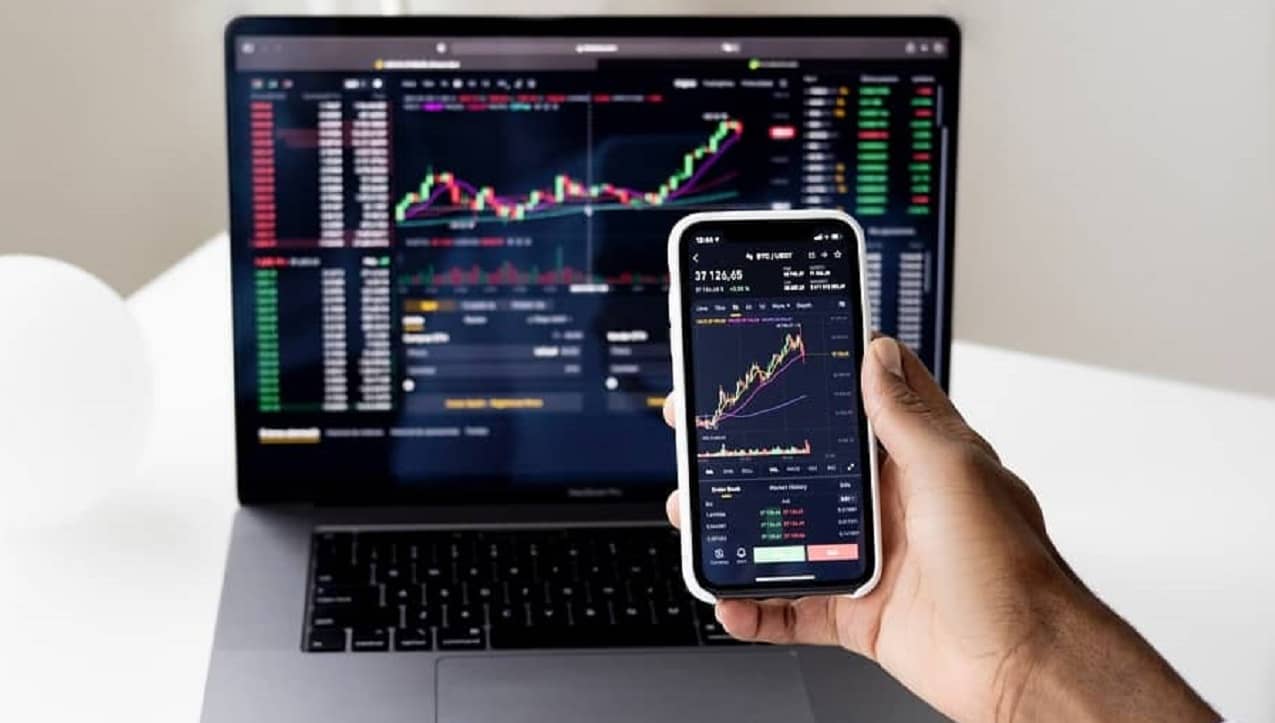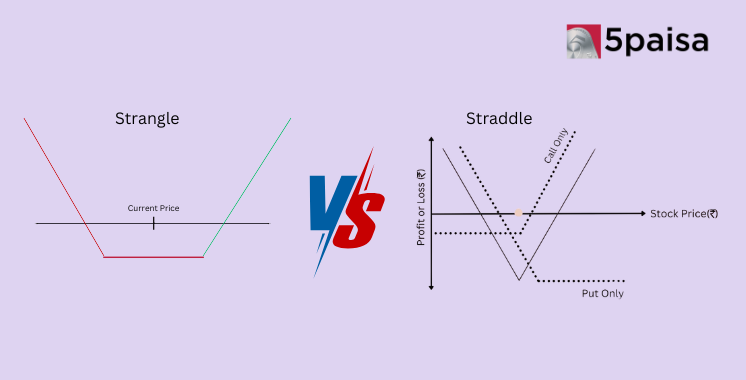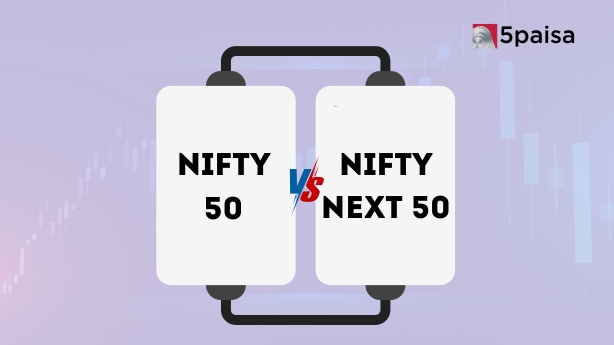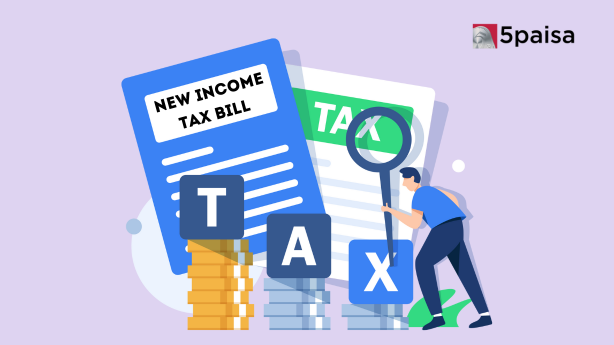Want to know what’s your probability of making money in IPOs? Here’s a guide

Many people see initial public offerings (IPOs) as a gamble. But in reality, it is a five-legged punt.
One stake is on the company that is floating its ‘story’. Whether you want to believe in the tale spun by the investment bankers and the subject company is just the first leg of the punt.
But the more critical gamble is on getting some shares at all, even if you believe in the story. The liquidity fest of the last few years has seen most public issues getting oversubscribed manifold. So, there is a high chance you do not get any shares at all.
The third factor where you bank on your luck is the quantum of shares allocated, assuming you do cross the first two hoops. As a retail shareholder, it is likely that you get so few shares that it makes the investment meaningless.
Surely, this is not everyone’s cup of tea as the real game begins after these three stages. If you are someone who wants to exit soon after listing, the listing gains matter.
And finally, there are the long-term romantics who would like to stick on for at least a year if not more.
The benchmark indices, which had dropped by 15% three months ago, have bounced back since then and are just about 3-4% shy of their all-time highs. So, how are the companies who listed in the recent past doing?
IPO performance
For every stock that goes upwards and onwards there are others that fail at the box office of Dalal Street. We looked at the last five years to see how the companies fared after listing and how did those that went public during 2018 and 2019 survive the last two years of the crash and boom cycle.
If we look at the main board (and we shall look at the SME exchange later), the experience of the last four and half years is that for every three companies that have generated returns for the investors there is on average one that has turned turtle. In other words, if you invest in all IPOs one in four will see erosion of your investment value.
Surely, the vintage matters and 2020 and 2021 were marginally offtrack. In fact, all the 14 companies that went public in 2020 are trading in the green now. The median returns of the IPOs in that year are 100%, which means if you had invested in the IPOs that year the money would most likely have doubled by now.
In contrast, the ones that went public last year brought relatively worse experience for IPO investors. Just over half of the companies are in the green currently and the median returns just missed the double-digit mark.
But the median returns seem to do better over time. While the median returns for IPOs since January 2021 are in the 20% range, the same for issues between 2018-2020 is upwards of 50%.
SME exchange versus main board
The small and medium enterprises (SME) exchanges of the BSE and the NSE may not be up there on the radar of big investors but it certainly is bustling and have been active with several public issues. In fact, barring 2021, the BSE SME exchange has seen more IPOs than the main board in all of the last five years.
And there have been some great stories and need we say tons of money to be made in such public issues.
But the risk factor of such small-scale businesses is relatively higher and, as a result, the success rate is relatively low for IPO investors in the junior exchanges.
If we take the BSE SME exchange, in particular, we see on an average around 55% of the companies that went through an IPO since January 2018 trading in the green. So, as against nearly 75% of such companies in the main board generating positive returns over the short-medium term, the ratio is just over half.
Listing day gains
The performance of new companies on the bourses on their debut is somewhat counterintuitive. For many it is seen as a market makers’ and speculative investors’ playground where the companies show froth and end the first day at a high level, more often than not, only to sink later.
However, data suggests otherwise. In fact, the probability of a new stock in the main board of the stock market ending in the green at the end of the first day is marginally lower than that of positive returns, howsoever small, over a medium term.
On an average, two in three companies settled in a positive zone at the end of their first day in the public market.
This implies if you are making a short-term gambit with IPOs, you are relatively less likely to be successful compared to a strategy that seeks to back the company for a few years if not for a long duration.
Moreover, if we compare the average or rather median gains recorded by companies in the IPOs at the end of their listing day, across the main board and SME exchange, the gains for IPOs on the BSE SME exchange are in the 1-3% range as against an average gain in the 10-15% range on the main bourse.
So, if you do want to punt on listing day gains, you would do better on the main board compared to the SME exchange.
- Flat ₹20 Brokerage
- Next-gen Trading
- Advance Charting
- Actionable Ideas
Trending on 5paisa
Indian Stock Market Related Articles
Disclaimer: Investment in securities market are subject to market risks, read all the related documents carefully before investing. For detailed disclaimer please Click here.
 Tanushree Jaiswal
Tanushree Jaiswal
 5paisa Research Team
5paisa Research Team
 5paisa Research Team
5paisa Research Team




